WHAt’s Trending
As we kick off the new year, this is typically the time to discuss new and upcoming trends we see in the industry for the coming year. With all the turmoil of 2020 shaking things up, however, I wanted to look back at several trends from the past few years to see if they have taken off as predicted or failed to launch.
A trend we spotlighted right here on our blog a couple years ago was what we called “wellness rooms.” We saw a boost in quiet, contemplative spaces designed for personal wellness and thought it would continue to be a desirable asset to a new home. Last year, I worked on a single-family community for Tri Pointe Homes called Botanica at Rancho Mission Viejo that incorporated a modest flex space within two of the primary suites. This extra space became an instant hit with potential buyers who loved the flexibility it provided within the home, regardless of how they planned to use it.
Another trend that hit big since 2020 is working from home. While the immediate shift to working from home full-time is now being handled on an individual company basis, the desire for a home office seems to be here to stay. However, all that time indoors had a second effect: people started longing for some quality outdoor time. This brought the trend of indoor-outdoor living back to the forefront, coupled with an emphasis on the exterior spaces of a home. This is particularly prevalent in California, where we can enjoy the outdoors practically year-round. For similar reasons, bringing plants, wood, or other natural materials to liven up interior spaces seems to be sticking around as well.
Alternatively, there has been a long anticipation for reductions in car usage and reduced traffic volume with self-driving vehicles and rideshare replacing or supplementing individual car ownership, and a decrease in parking requirements. Several California housing laws have been implemented to shift toward minimal parking, but they are certainly not comprehensive quite yet. I’ve also been seeing an uptick in using car lifts to boost parking counts without enlarging the building footprint and reducing the square footage cost of garage spaces. Lastly, while it is true that certain transit-oriented sites and some cities have started to reduce parking standards, these trends seemingly need more time to take hold, with urban areas and locations with numerous good transit options taking the first steps toward seeing these expected trends become a reality everywhere.
Predicting trends is a difficult task. Sometimes, like with wellness rooms, they seem to take hold and become a fixture of our industry. Others, like working from home full-time, spike briefly before reverting to the norm. Some others are predicted far beyond the capacity of the industry to incorporate quickly and require additional time to settle in. Like most things in life, it takes time to tell the full story.

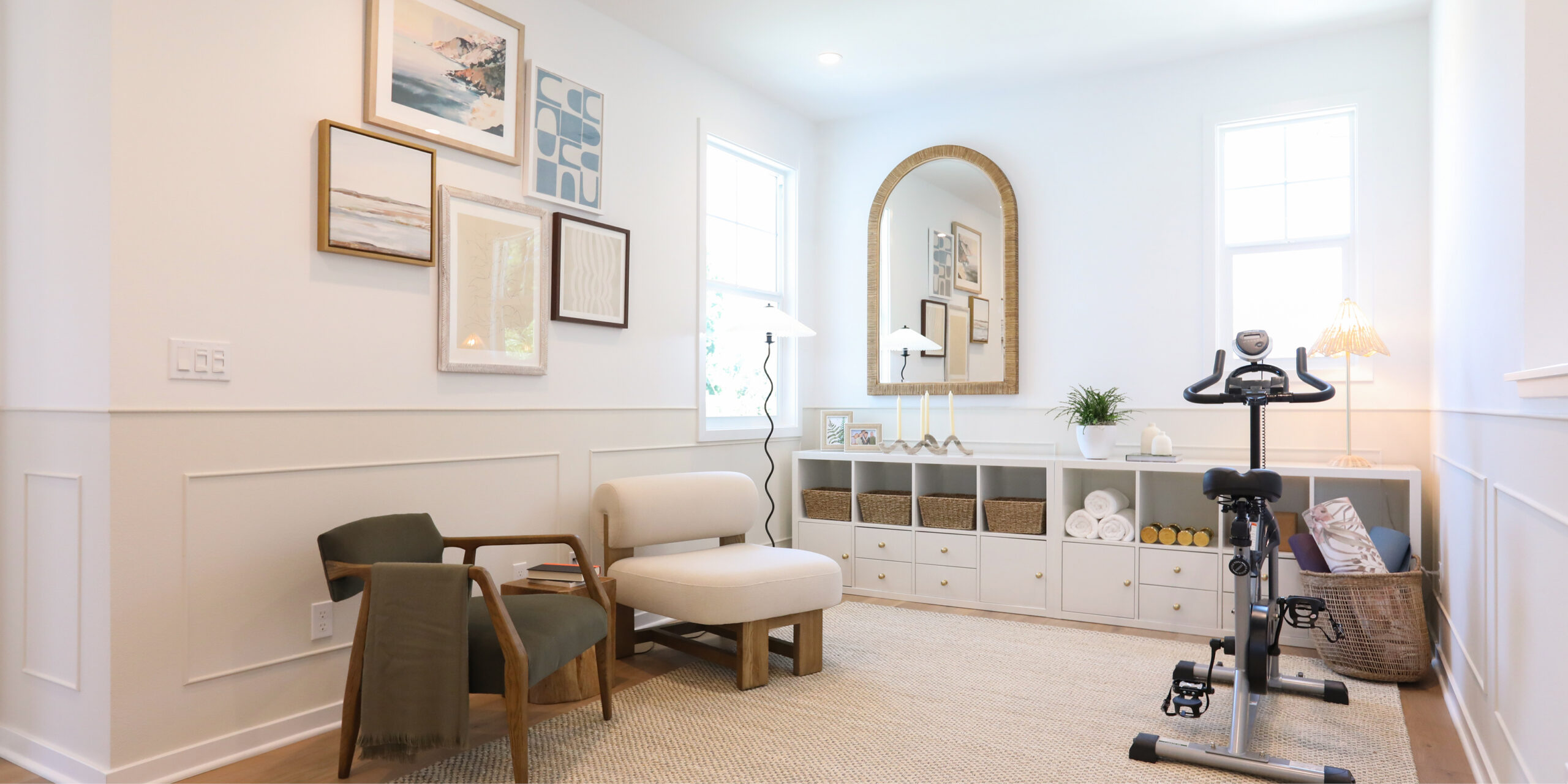
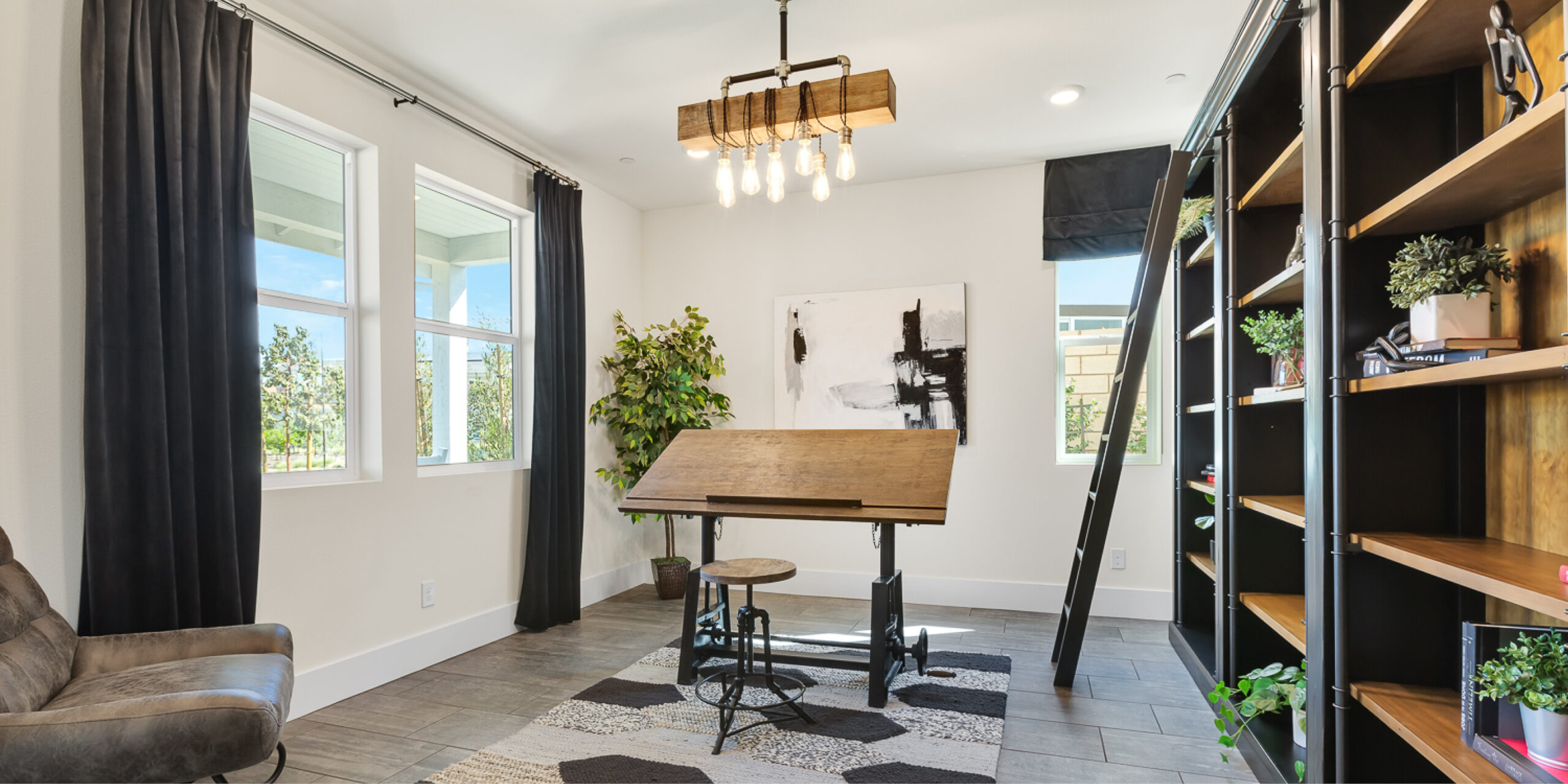
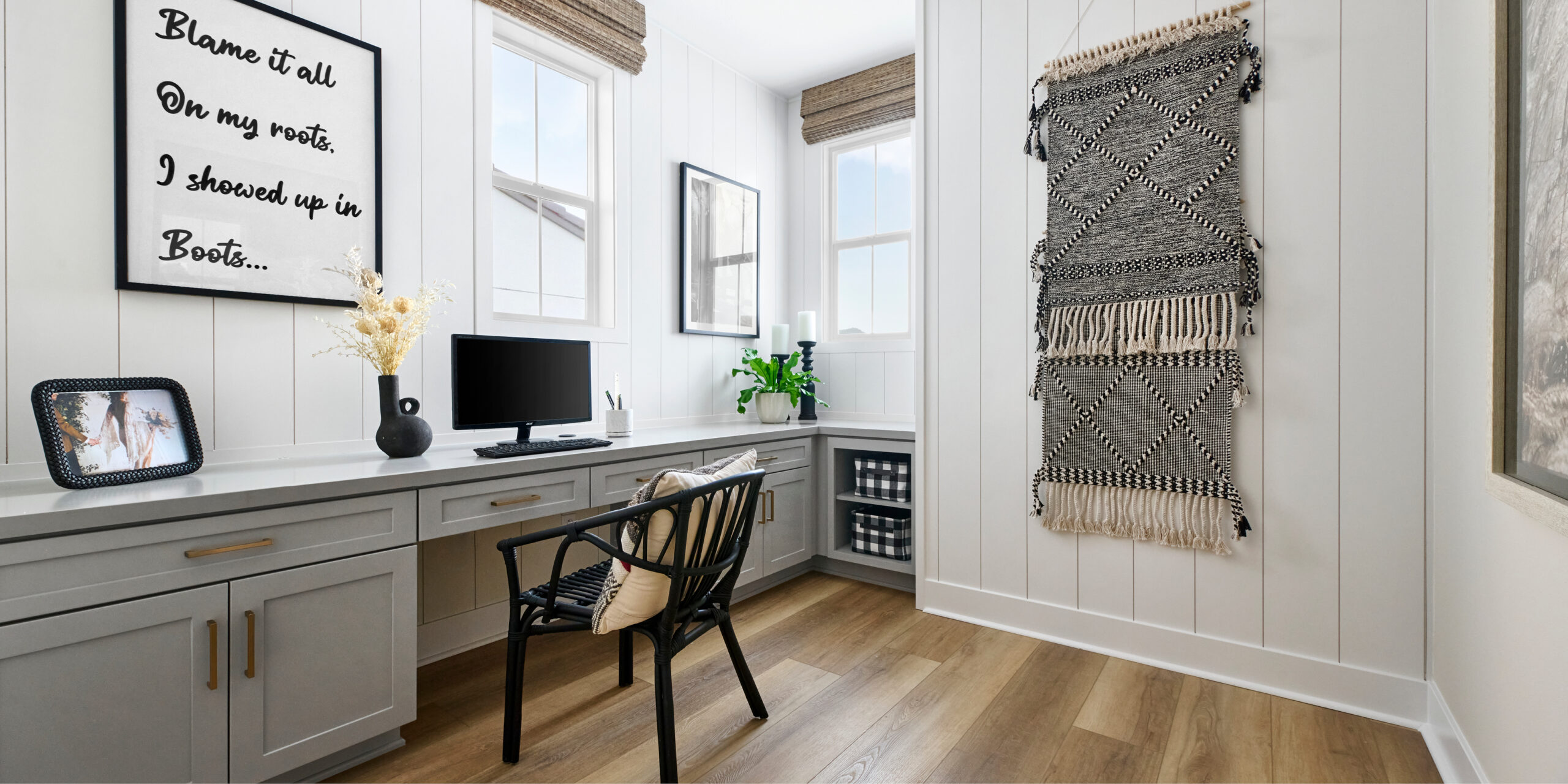
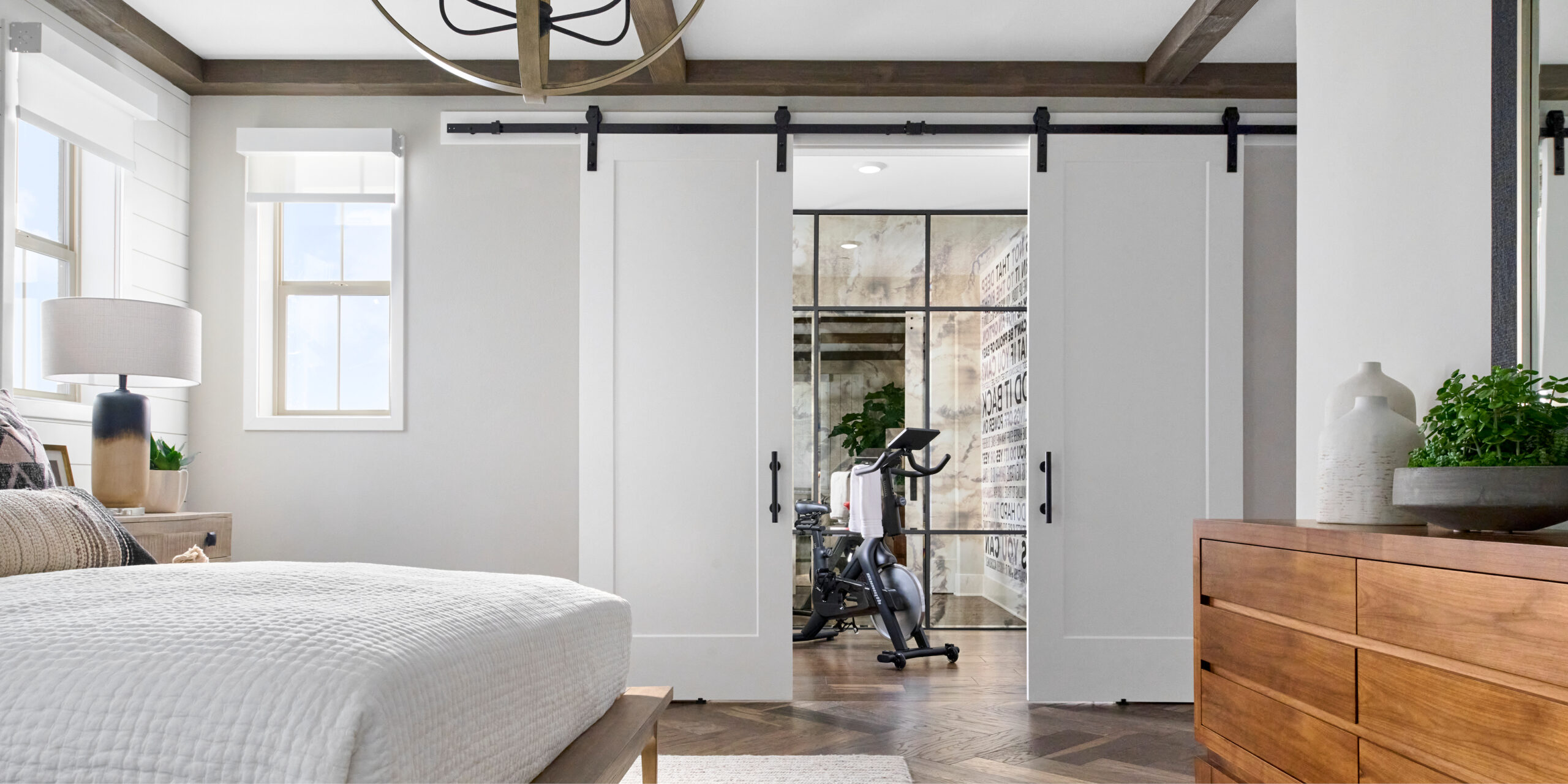
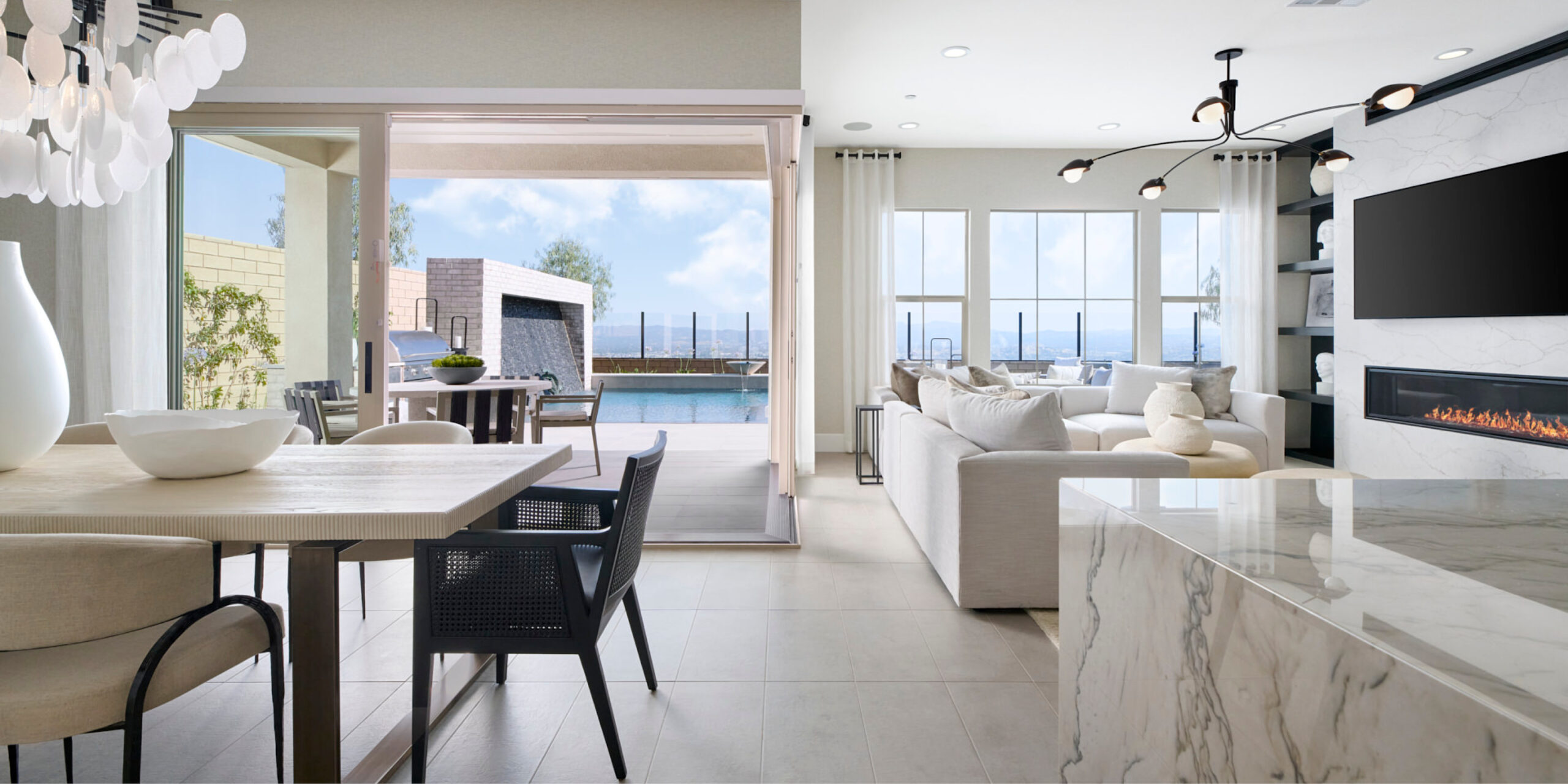
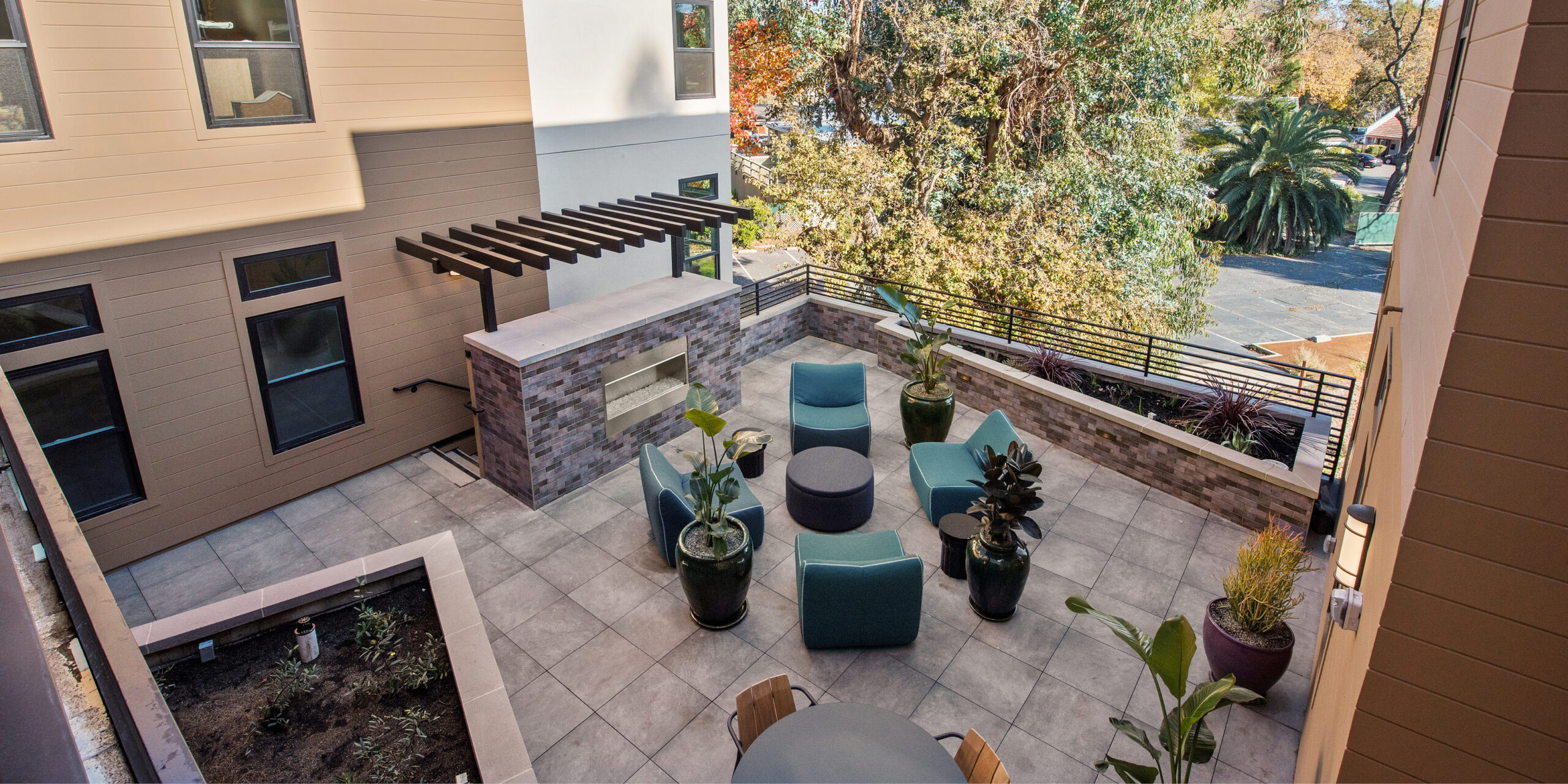
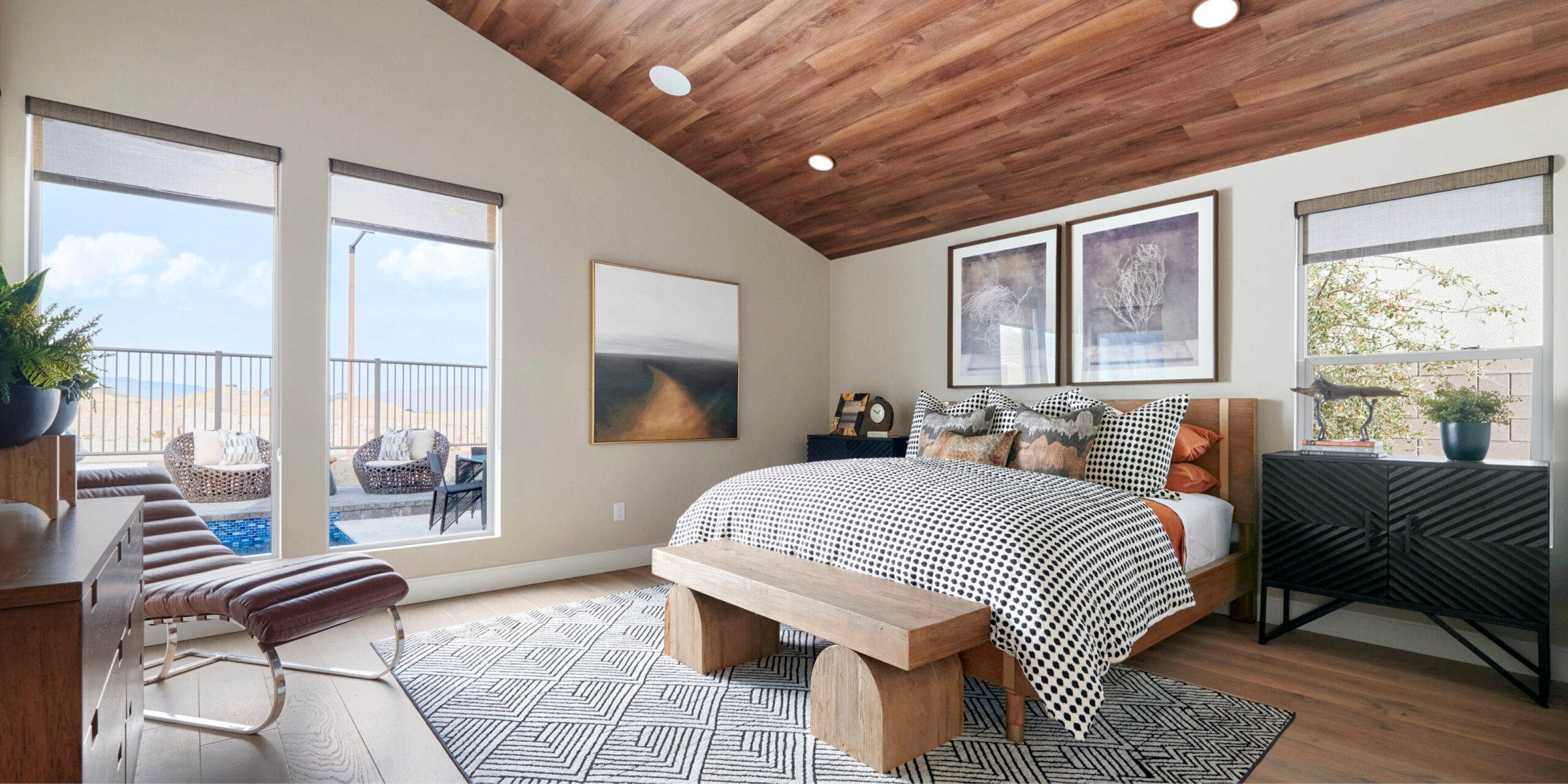
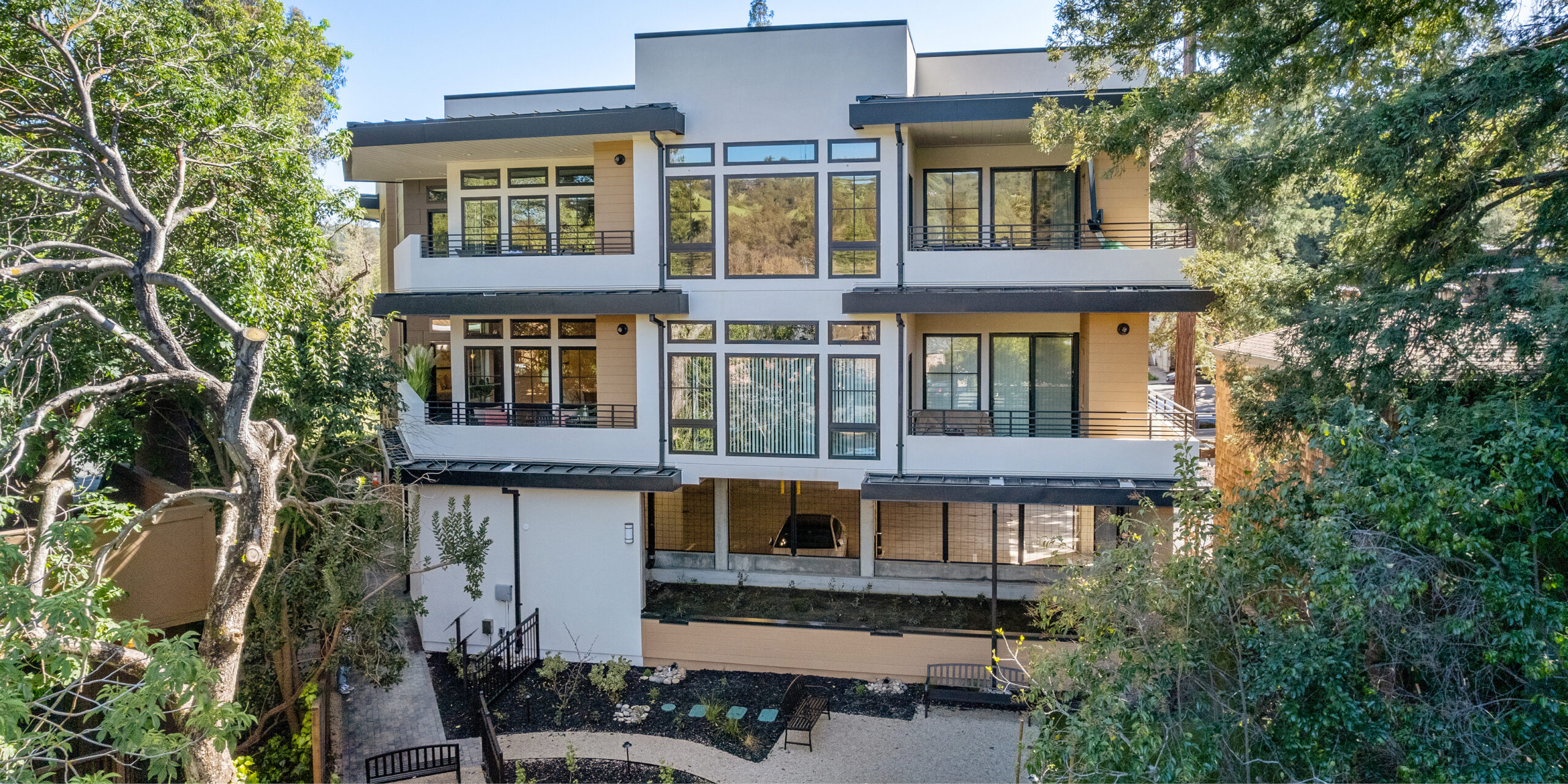



Leave a Reply